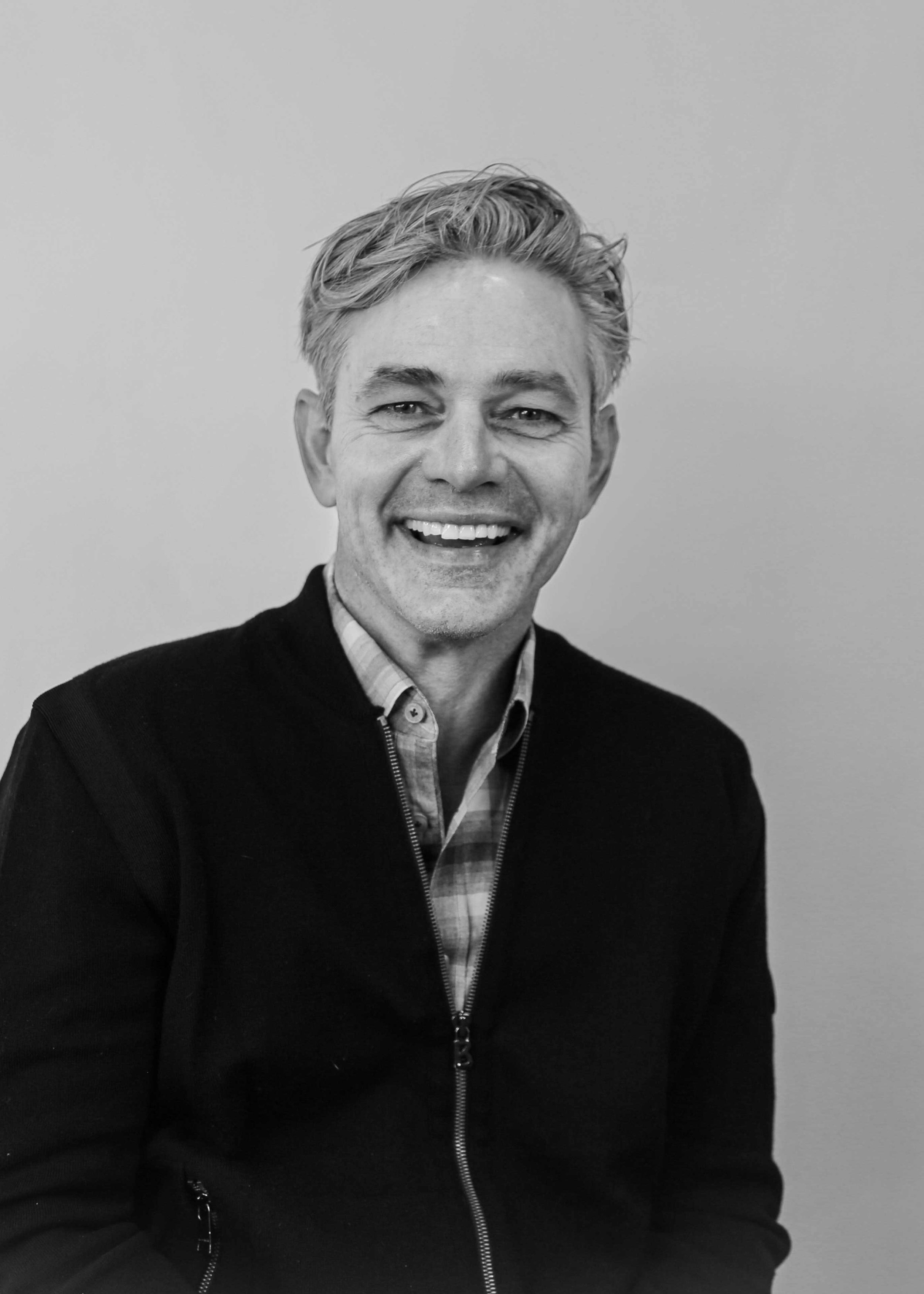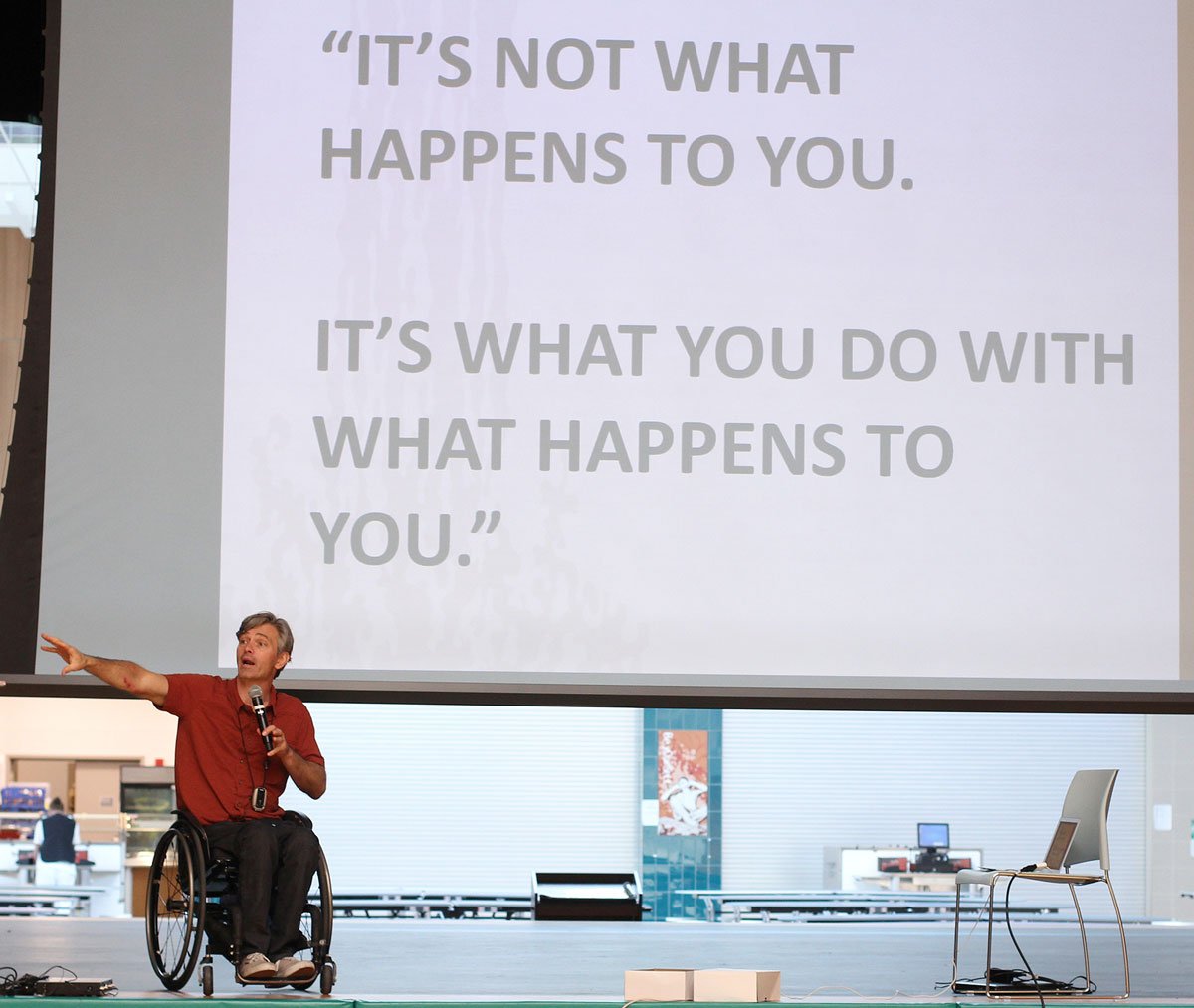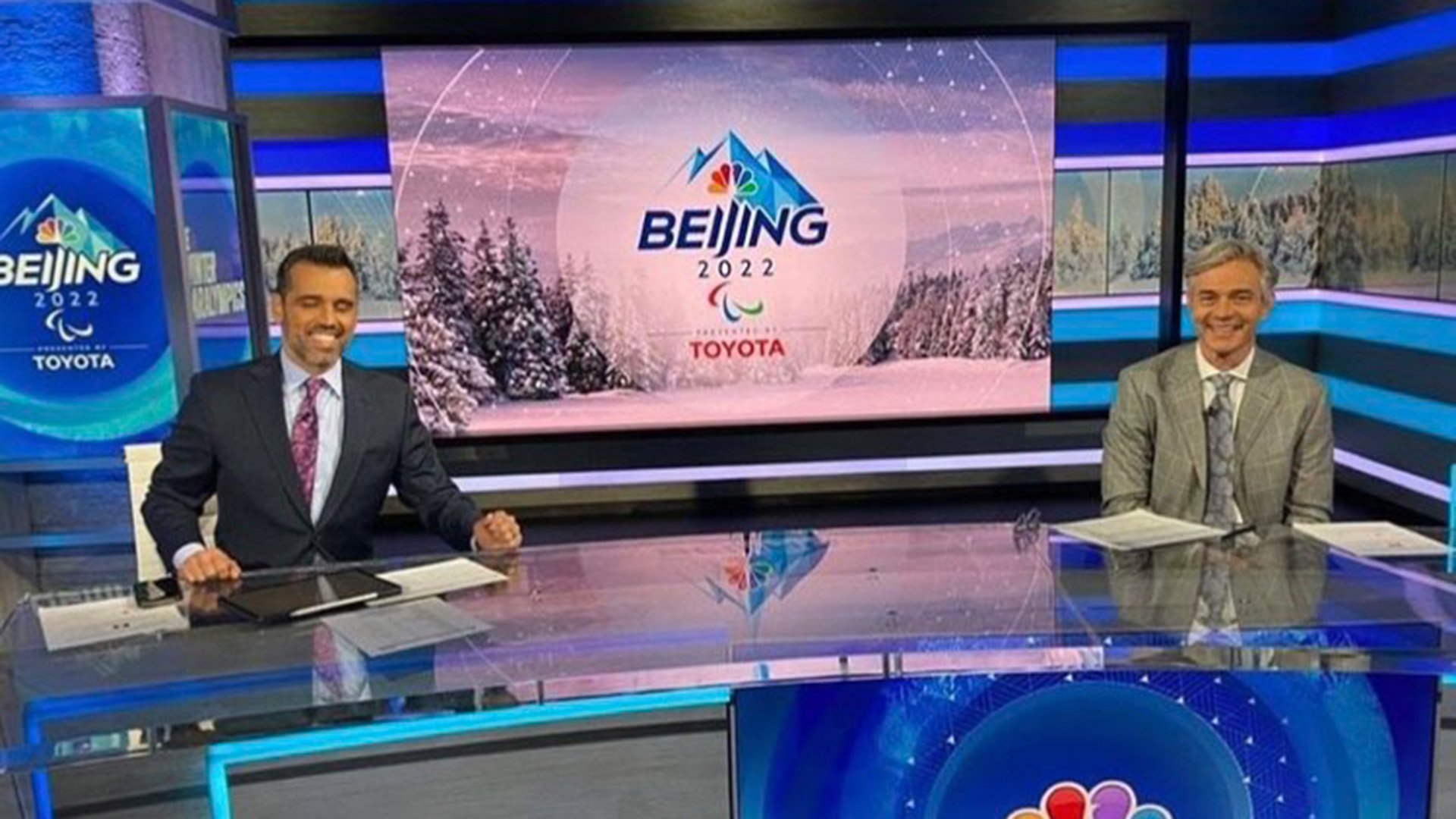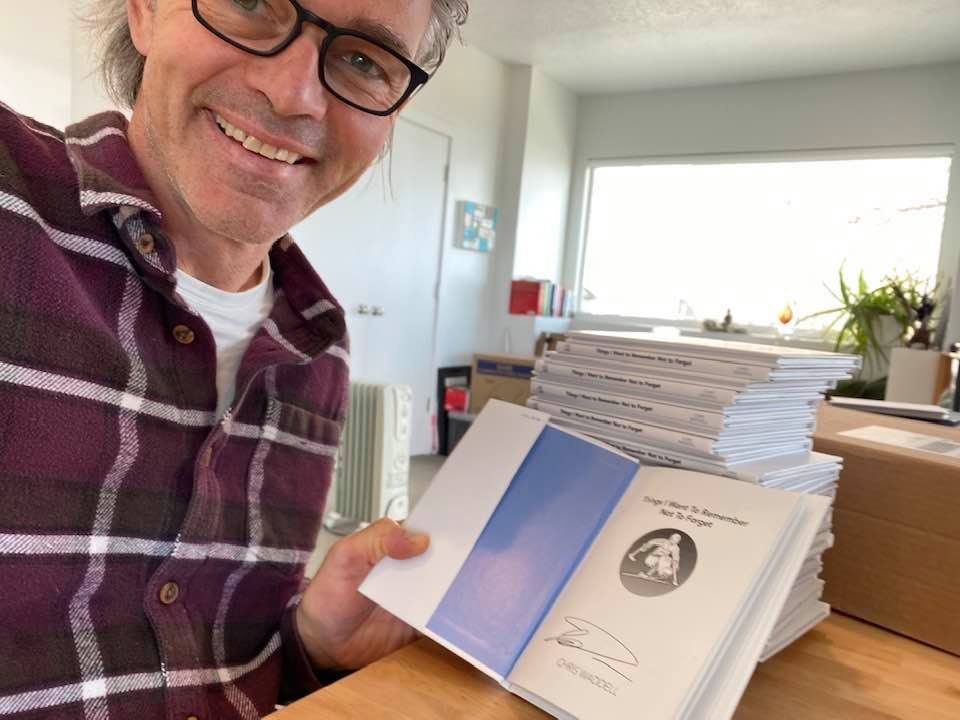Teacher. Coach. Dreamer. Advocate. Inspirator. These are a few words that have been used to describe Chris Waddell, one of the most decorated Paralympians in history. With thirteen Paralympic medals, Waddell was inducted into the US Olympic and Paralympic Hall of Fame in 2019. The Dalai Lama celebrated Waddell’s impact on the world by naming him an Unsung Hero of Compassion. Today, Waddell is a popular motivational speaker and the founder of the nonprofit, One Revolution Foundation, whose mission is to “turn perception of disability upside down.” Waddell says, “it’s not what happens to you: It’s what you do with what happens to you.” In September 2009, Waddell turned that perception upside down by becoming the first nearly unassisted paraplegic to summit the 19,340 ft Mt Kilimanjaro. “The reason you climb a mountain is to be challenged”, says Waddell. Not only does he climb mountains, but he also champions and encourages others with disabilities to climb their metaphorical mountains to achieve the impossible.
Waddell grew up in western Massachusetts and started skiing at age six. He was home for winter break from Middlebury College when he had a skiing accident that changed his life completely. Paralyzed from the waist down, he started to monoski and soon became the fastest in the world. Waddell moved to Park City to train for the 2002 Salt Lake City Winter Games. He has lived in Park City for over twenty years and can often be spotted skiing at one of the local resorts or riding his bike through the mountains and into Kamas.
FAVORITE lore ADVENTURES FROM THE inspiring paralympian:
1. You are the most decorated monoskier in history as well as a medalist in the 2002 Salt Lake City Winter Paralympic Games. Tell us about some of the Park City/Summit County highlights that you witnessed and some of the impacts the 2002 Winter Games have had in Park City/Summit County.
Two of the greatest moments were before I competed. A good friend and the first person to me after my paralyzing accident back in Massachusetts, got to share the moment when I lit the cauldron at the City and County Building the day before Opening Ceremonies. Sixty thousand people were there to greet the Games, and I had the opportunity to play a part. The other moment was the day of the Downhill, our first race of the Paralympics. The women had been delayed by snow the day prior, so we all raced on the same day. As I rode the lift for my run, I heard a tremendous roar for one of the finishing women. I hadn’t realized that the stands were full. It made me proud to be from Utah.
2. What are you looking forward to in Park City’s future? What do you think will contribute to the area’s story and history?
I look forward to the Olympics and Paralympics possibly returning to our town in 2030 or 2034. There’s nothing like the world coming to our little village for enrichment.
3. What are a few key aspects of Park City’s history that have had the greatest influence on the area’s current reputation for being a vibrant hub for arts and culture?
I like that Park City was something before it was a destination. The mining history provides a soul for the town, people who scratched and struggled with hopes of making it big. Mining structures serve as reminders on the mountains, in town and places in between. The Park City Museum on Main Street is a fun, interactive history museum to learn more about our special town before it became a world-class destination.
4. Describe your epic summer day and winter day in Park City/Summit County. Where do you like to go, and what do you do in each season?
An epic summer day is a bike ride into Kamas, then up Brown’s Canyon, which kills me, but it is a great sense of achievement to go around the Old Ranch Road Loop and back home. The hills are long and grinding, but gaining a sense of rhythm, momentum and Zen feels like a victory. I love riding through the farms. They always give me a sense of peace. I’m always happy to eat, shower, and either watch a baseball game or read a good book from Dolly’s Bookstore guilt-free afterward.
Winter is about my first love of skiing. A powder day at Deer Valley Resort with friends, lunch on the mountain at Stein Eriksen Lodge and an early night to bed is the best. Skiing produces the best kind of tiredness and the best kind of sleep, and then, hopefully, do it all over the next day.
5. You have a wide range of accomplishments, achievements, and talents from summiting Mt. Kilimanjaro, competing in both winter and summer Paralympic Games, to being named by the Dalai Lama as an “Unsung Hero of Compassion”. What are you most proud of? Why? ?
Summiting Kilimanjaro sits at the top of the list for me because it was about more than just me. There’s a responsibility that comes with a bit of success and some exposure. I wanted to change the narrative from “that’s too bad” to “what do you do?” “what do you have to teach me?” for 1.2 billion people in the world with physical disabilities.
6. Why is Park City/Summit County’s art and culture scene (i.e. culinary, film, visual art, music, and performance scenes) important?
To me, Park City is the most convenient mountain town in the world because of its proximity to a major airport and that we can live in a relatively small town. Though mountain town erroneously makes us sound isolated and provincial. You can eat as well as you do in a major city. Huge acts come to town in dance, music, and comedy. The Sundance Film Festival means that we get to see the most cutting-edge films before anyone else. Then there are the mountains and local spots like Utah Olympic Park, Egyptian Theatre, and Dejoria Center that sport top entertainment and a social atmosphere to connect with our community.
George Frey/AFP via Getty Images
chris waddell at work & play:
Find Chris Waddell at the following:
One Revolution Foundation movie-Chris Waddell’s journey up Mt Kilimanjaro
Author & Illustrator-Is It Lonely to Be a Four-leaf Clover?














